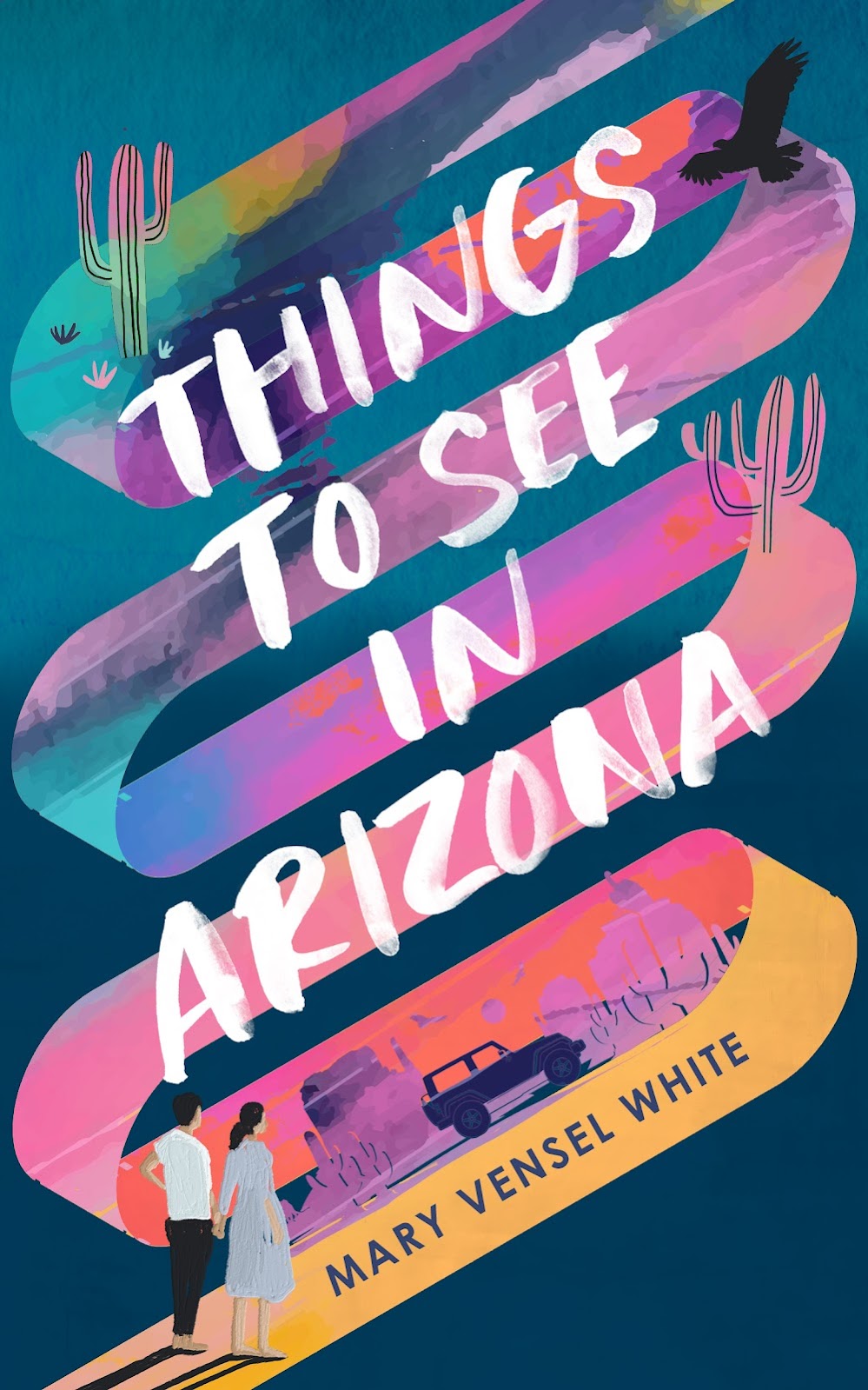Maybe you’ve seen mention of Chris Ware’s Building Stories on some of the Best of 2012 lists circulating. I bought the book as a pre-Christmas treat for myself and just finished reading it the other day. My experience with graphic novels is very limited. I read Marjane Satrapi’s Perseopolis series and I love The Arrival by Shaun Tan. That’s it, actually. I guess I was never drawn to the form because I’ve never understood comics, the ones in the newspaper. Are they supposed to be funny? But when I read about Ware’s book, I was intrigued with the construction of it, because it seemed to relate to a current project I’m working on, a collection of short stories.
Building Stories is a graphic novel; that is, it tells its story through drawings AND words. The “book” arrives in a large box, about the size of a board game. Inside, there are fourteen independent items, ranging in form and size. There are large, folded sheets much like newspapers and small, flip-able books. You can read these items in any way you choose.
We’ve had discussions in my book club about what constitutes a novel and what doesn’t. Are a collection of interrelated stories a novel? What about a shorter work? What’s a novella??? It seems to me that we’re perfectly comfortable with leaving a variety of types under the umbrella of “novel,” but we are less happy to do so with form. What makes a novel a novel? Cohesive themes? A linear story? Deep meanings? Personally, I prefer a very loose definition: If the author calls it a novel, it’s a novel.
I don’t worry so much, actually, about labels but more about building stories. Why did Olive Kitteridge work so well for me but not so much Egan’s A Visit from the Goon Squad? Regardless of the pieces you choose, how should the story be held together?
A few notes on the tactile aspect of Building Stories. The reading was much more active than reading from a print book or ereader. My daughter and I sat down, opened the box and immediately began touching all of the pieces inside. We moved them around, stacked them and opened them, put them back in the box when finished. Other pieces called out, with a word or a drawing, asking to be next. And it was a communal activity, sitting there with my daughter reading, at least until I figured out that the content was too adult and sent her away.
I was enthralled with the book and dreamt about it that night. Maybe because of the visual aspect. I’m not sure I’ve ever dreamt about a novel before. There were parts that were incredibly touching, like this small booklet about the experience of motherhood. This particular piece has no words, but it encompasses the joys and sorrows of parenthood like few traditionally told stories can.
I have one regret about reading Building Stories, that I will never be able to start again and read the parts in a different order. The order I chose seemed entirely natural and fitting, almost some kind of magic trick. I kept wondering how the experience would have changed if I’d had certain information before the other. But this book, its images and story, will stay with me a long time. It’s made me reconsider so much about reading, about writing, and as any good novel does, it’s made me see life through a fresh lens.

















This sounds interesting. Food for thought.
ReplyDeleteI loved the animated film of M Satrapi's Persopolis. And I'll look up Chris Ware.
My son's partner is an animator. http://pandahorse.com/
We had played with the idea of illustrating my novel.
But with technologies continuously advancing - all manner of things become possible.